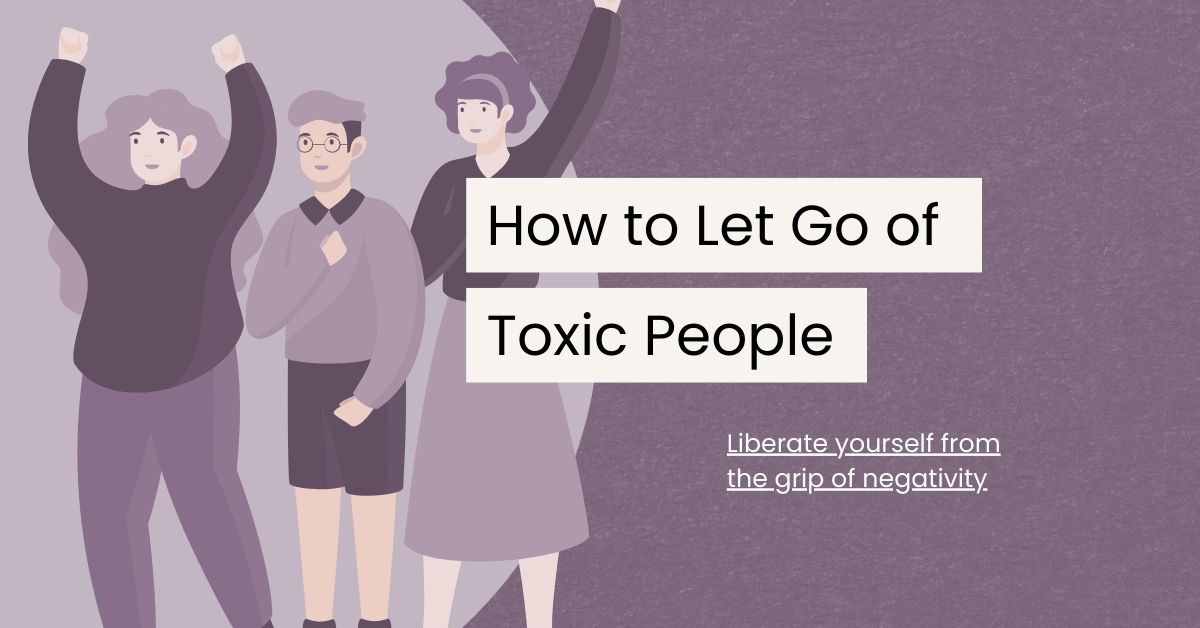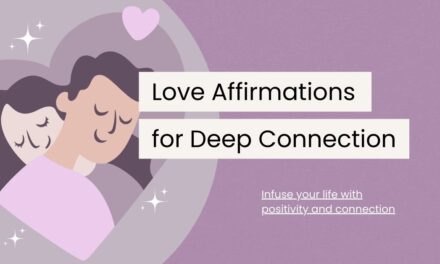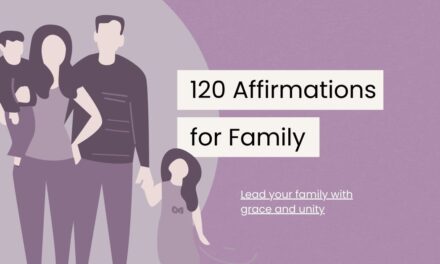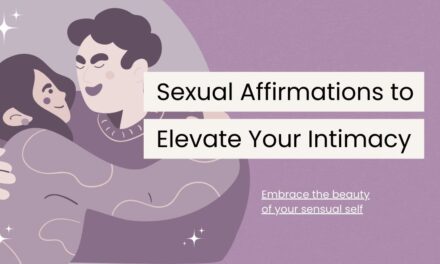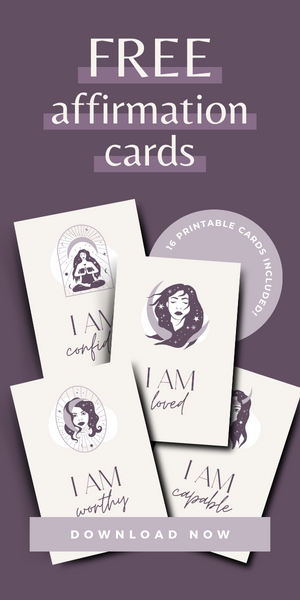Last Updated on August 9, 2023
Have you ever felt like you’re carrying a heavy load, burdened by toxic people in your life that you just can’t seem to break free from?
It’s a weight that can feel suffocating, isn’t it?
But here’s the truth: you don’t have to carry it forever.
In this guide, I’m going to walk you through the art of letting go of toxic people, step by step.
So, let’s dive in and liberate yourself from the grip of negativity.
But first things first…
Why Is It So Hard To Let Go?
We’ve all been there, trapped in the cycle of dealing with toxic individuals or replaying their hurtful actions in our minds.
But why do we do this? Why is it so challenging to cut ties with what’s harmful?
Let’s break it down in a way that resonates:
1. Fear of Loneliness
Holding onto toxic people might seem like a shield against loneliness.
It’s as if our heart is afraid to let go, fearing the void that might follow.
But here’s the truth: hanging onto these harmful connections actually prevents you from embracing new, healthy relationships.
2. The False Hope
Toxic relationships can masquerade as something salvageable, a hope that things will change.
We think if we invest enough time and energy, the toxicity will magically vanish.
The irony is, this hopeful waiting game only prolongs the pain, hindering us from finding genuine connections.
3. Societal Pressures
Society often whispers that you should stick by people, no matter how toxic they are, to prove your loyalty or maintain appearances.
But let’s get real – holding onto toxic individuals doesn’t prove your strength; it demonstrates a disregard for your well-being.
In fact, it stunts your personal growth and denies you the chance to thrive.
The truth is, recognizing toxic relationships is an acknowledgement of our self-worth.
It’s our way of saying, “I deserve better.”
It’s high time we change our narrative – from enduring toxicity to embracing self-care.
Now, let’s roll up our sleeves and delve into the steps to letting go of toxic people that will help you create space for positivity in your life.
The Empowering Process of Letting Go of Toxic People
Step 1: Self-Reflection and Boundaries
This step invites you to pause, take a deep breath, and turn your focus inward. It’s about acknowledging the toxic dynamics without blame.
Remember, toxic individuals don’t define your identity; they’re characters in your growth narrative.
So, let’s explore some tips to navigate this crucial initial step:
- Define Your Boundaries: Clearly outline what behavior you won’t tolerate. This will help you identify toxic patterns and protect your well-being.
- Quiet Your Inner Critic: As you reflect, resist the urge to criticize yourself. This isn’t about self-blame, but about setting yourself free.
- Ask the Right Questions: Instead of asking, “Why did they treat me this way?”, focus on, “How can I move forward without this toxicity?”.
- Embrace Self-Care: Recognize that by setting boundaries, you’re prioritizing your emotional health. It’s a step towards nurturing yourself.
Self-reflection isn’t an indictment; it’s a step toward empowerment.
It’s your way of acknowledging where you’ve been, while focusing on where you want to be.
As you move forward, remember that letting go of toxic people is an affirmation of your self-respect.
Step 2: Decluttering Your Social Space
So, you’ve analyzed the situation and identified the toxicity. Now, it’s time to clear the clutter from your social environment.
This second step is about decluttering your life.
Cleaning house isn’t always easy; it can feel like parting with familiar but harmful things.
But, my friend, it’s a cleansing that opens doors, not closes them.
Decluttering toxic relationships is your way of making space for positivity and growth.
Here’s how to navigate this challenging but liberating step:
- Recognize Toxic Patterns: Identify the recurring behaviors that drain your energy and emotional well-being.
- Gradual Disconnection: Begin by reducing contact. This can be challenging, but it creates room for healthier connections.
- Surround Yourself with Positivity: Seek out people who uplift and support you. Their positive energy will counterbalance the toxicity you’re leaving behind.
Decluttering is like removing thorns from your path, making it easier to walk toward a brighter future.
By disconnecting from toxic individuals, you’re not retreating; you’re advancing towards a life filled with authentic connections.
Step 3: Focusing on Growth
When you think of success, who comes to mind?
Chances are, they’ve faced challenges and evolved, just like you’re doing now.
But here’s the key: they didn’t let setbacks define them.
They turned difficulties into stepping stones, and so can you.
Let’s uncover how:
- Embrace Personal Development: Reflect on individuals you admire who have overcome adversity. Study their journeys and discover the lessons they learned.
- Shift Your Perspective: Change how you view your experiences – transform “victim” into “survivor”. Each encounter with toxicity has taught you something valuable.
- Set Empowering Goals: Break your personal growth into achievable steps. Celebrate these wins and build on them, demonstrating your capacity for positive change.
Think of growth as a garden; every toxic relationship you remove is like pulling out a weed, making space for vibrant flowers to bloom.
As you embrace a growth-oriented mindset, you’ll realize that your journey isn’t defined by toxicity; it’s defined by your resilience.
Step 4: Forgiving Yourself
Imagine being your own compassionate confidant – someone who listens without judgment, forgives without hesitation, and believes in your worth.
Now, it’s time to make that imagination a reality.
Remember, self-forgiveness isn’t just a gift; it’s a necessity.
By forgiving yourself for allowing toxic people into your life, you’re opening the door to healing and new beginnings.
Here’s how to embrace this healing process:
- Practice Self-Compassion: Speak to yourself kindly, as you would to a cherished friend. Let go of self-blame and embrace understanding.
- Release Self-Judgment: Picture a courtroom where you’re both the judge and the defendant. Pronounce yourself “not guilty” and feel the weight lift off your shoulders.
- Visualize Letting Go: Envision toxic memories as anchors. See yourself releasing these anchors, allowing them to sink away, leaving you unburdened.
Self-forgiveness isn’t about erasing your history; it’s about rewriting your future.
With each act of self-compassion, you’re reshaping your narrative, turning past hurts into stepping stones.
Step 5: Mindfulness and Present-Centered Living
We’ve journeyed through self-reflection, boundary-setting, growth, and forgiveness. Now, it’s time to anchor yourself firmly in the present:
Have you ever caught yourself dwelling on the past or worrying about the future?
Mindfulness is your guide out of that maze, directing you to the present moment.
Let’s explore ways to incorporate mindfulness into your daily life:
- Center with Breathing: When thoughts of toxicity arise, focus on your breath. Inhale deeply, exhale fully. The act of breathing grounds you in the here and now.
- Engage Your Senses: Immerse yourself in your surroundings – touch, hear, taste. This sensory experience brings you back from rumination.
- Cultivate Gratitude: List three things you’re thankful for each day. Gratitude amplifies the beauty of the present.
For more techniques, refer to this guide on practicing mindfulness.
Remember, mindfulness isn’t about banishing memories; it’s about choosing to live fully in the present.
It’s the art of becoming an active participant in your life, rather than a captive of past negativity.
How to Embrace a Positivity-Filled Future
Congratulations, courageous soul!
You’ve navigated the steps, confronted toxicity, and begun reshaping your relationship with yourself.
But what’s next?
It’s time to shift your focus from toxicity to a future filled with positivity, and here are additional approaches to aid your journey:
Journaling: Write to Your Future Self
Imagine yourself a year from now. Can you visualize the person who’s let go of toxic relationships?
Grab your journal and compose a letter to your future self.
Pen down your thoughts, your aspirations, your growth.
Celebrate your triumph over negativity. Detail the empowering choices you’ve embraced, the barriers you’ve overcome, and the happiness you’ve welcomed.
This letter will serve as a reminder of your progress and your resilience.
Empowering Affirmations: Speak Your Truth
Words hold immense power.
Craft concise, impactful statements that uplift and propel you forward.
Repeat these affirmations daily:
- “I release toxicity from my life.”
- “I embrace positivity and growth.”
- “Each day is a step toward a better future.”
- “I choose self-worth over negativity.”
Speak them out loud, in front of a mirror. Allow them to transform doubt into determination.
For an array of affirmations, refer to this collection for letting go.
Community Connection: Share Your Intentions
You don’t have to do this alone.
Share your journey of letting go of toxic people with a friend or family member.
Having someone to talk to can provide invaluable support. They’ll remind you of your progress and stand by you as you move forward.
Concluding Thoughts on Letting Go of Toxic People
You, my friend, are embarking on a journey of release, of reshaping your interactions and connections.
Remember, it’s not about erasing the past; it’s about reclaiming your present.
Armed with these steps, a dose of self-love, and a sprinkle of courage, you’re letting go of toxic people.
Take that leap into a realm of positivity and growth.
Your future self will undoubtedly thank you for it.

